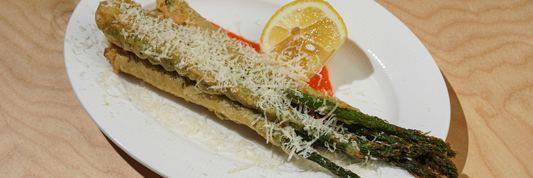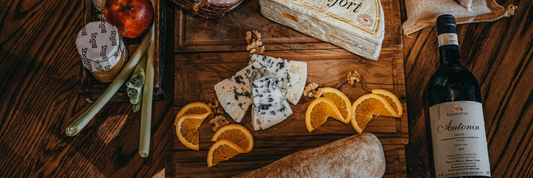Serving bowls has been an essential part of dining culture for centuries, playing a crucial role in gatherings, celebrations, and daily meals. They are not just functional but also hold cultural significance. Let's delve into the intriguing serving bowls history and how they have evolved over time.
- Serving Bowls: What is it? Types of Serving Bowls And Their Uses
- How To Choose Serving Bowls For Your Dishes
What is a Serving Bowl?
A serving bowl is a vessel used for holding and serving various food items like salads, soups, fruits, or side dishes. They come in various shapes, sizes, and materials to to different culinary needs and aesthetics. Serving bowls are more than just tableware; they symbolize sharing, abundance, and community.
Serving Bowls History
Humanity has been using serving bowls for thousands of years. Their earliest recorded histories come from the cultures of the ancient Greeks, Chinese, Cretans, and some Native Americans. Indeed, lore has it that they served as drinking and eating utensils in antiquity.
Bowls can now be made from a variety of materials, such as ceramic, wood, metal, and plastic. Bowls also come in an assortment of sizes and shapes. The table and service manners have changed in a number of ways as a result of this evolution.
Different-sized bowls are used to serve different meal items. Have you ever noticed that your bowl of dessert is always the smallest? Serving utensils are usually large bowls that can hold more than one serving amount. These home décor items can also be used to make salads or cereal, or any other dish or meal, depending on the size and recipe.
There has been an overlap between bowls, plates, and cups throughout history. In many civilizations, including Chinese and Korean, ceramic bowls are the most common type of serving and eating vessel. Tiny bowls were also the traditional way that tea and alcoholic drinks were served.
Evolution of Serving Bowls
With the advent of industrialization and globalization, serving bowls underwent significant changes in terms of materials, designs, and production techniques. In the 20th century, mass production made serving bowls more affordable and versatile, leading to a wide range of options for consumers. Today, you can find serving bowls made from glass, ceramic, porcelain, wood, and even sustainable materials like bamboo or recycled plastics.
In modern times, serving bowls have become an integral part of casual dining and formal events, reflecting a fusion of traditions and contemporary trends.
The popularity of social media and food blogging has also contributed to the rise of aesthetically pleasing serving bowls that are Instagram-worthy.
Sustainable and eco-friendly serving bowls are gaining popularity as people become more conscious of their impact on the environment.

Conclusion
The journey of serving bowls through different times and cultures showcases their enduring appeal and adaptability. From ancient civilizations to modern-day dining trends, serving bowls continue to play a vital role in bringing people together and enhancing the dining experience. As we appreciate the history and evolution of serving bowls, let's cherish these humble yet remarkable pieces of tableware that hold a treasure trove of stories and memories.




